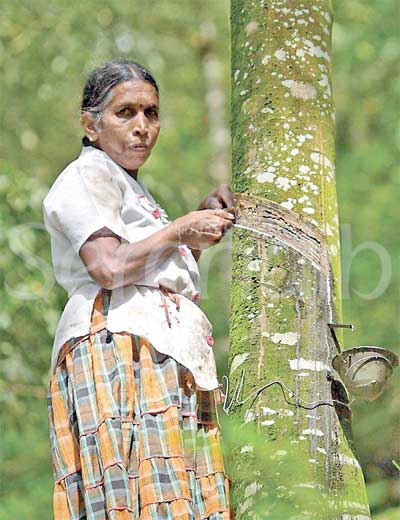27 May 2013 - {{hitsCtrl.values.hits}}
(1)(1).jpg) NR market’s slow growth in recent times, after the unrealistic boom in the beginning of this decade, is mainly due to a lull in demand across the globe. The issue is whether NR prices will bounce back or will continue to be very volatile. The future supply-demand equation is not all encouraging . Much depends on the highly unpredictable twists and turns of the global economy in the days to come.
NR market’s slow growth in recent times, after the unrealistic boom in the beginning of this decade, is mainly due to a lull in demand across the globe. The issue is whether NR prices will bounce back or will continue to be very volatile. The future supply-demand equation is not all encouraging . Much depends on the highly unpredictable twists and turns of the global economy in the days to come.
26 Nov 2024 3 minute ago
26 Nov 2024 20 minute ago
26 Nov 2024 25 minute ago
26 Nov 2024 43 minute ago
26 Nov 2024 50 minute ago